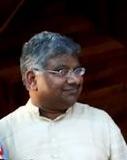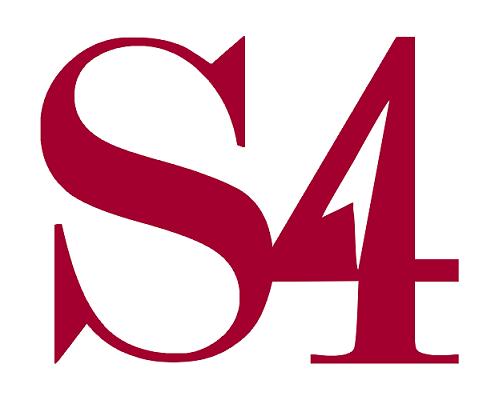Contribute
| Oriya Language And Literature |
C. Gopinath
04/30/2009
Professor Bijoya Misra, Harvard University, made a presentation on ‘Oriya Language and Literature’ at the Science Center, Harvard University on April 11, 2009. This talk was the penultimate lecture in the six-part series ‘Languages and Literature of India’ hosted by the Outreach Committee of the Department of Sanskrit and Indian Studies at Harvard University.
Prof. Misra first described the geographic and culture context of the Oriya people so as to provide a background to understanding the development of the language. Most Oriya words end in vowels, which are pronounced. The language is metrical, and thoughts are expressed by stressed syllables.
Prof. Misra explained that Oriya literature encompassed several strains of thought, including Buddhist, Jaina, Sakta, Vaishnava and vedic. The annual festival of Jagannatha, an all encompassing deity, is celebrated even today by constructing three massive chariots of wood and decorated with cloth, symbolizing the old Buddhist festival of celebrating the Buddha, Sangha, and Dharma.
Sanskrit has been a court language in Orissa at least from the 6c to the 15c.
Prof. Misra describes several major writers and works of Orissa, including Jayadeva’s GitaGovinda (said to have been written in the Jagannatha temple around 12c), Narayana’s Hitopadesa and Sriharsa’s Naishadhacharita. The earliest poet of major recorded work who is also recognized as the father of Oriya literature was Sarala Dasa (15c). He followed the Mahabharata story line, but integrated the ideas in the context of Oriya geography and culture. Other major literary figures who made significant contributions include Jagannatha Dasa (16c) who made a lyrical translation of Srimadbhagavatam, the Pancasakha (16c), Upendra Bhanja (17-18c), and Dinakrishna Dasa (17-18c). Prof. Misra illustrated several of these writings by reading out phrases to illustrate their lyrical manner.
Describing the development in the modern times, he quoted several writers and poets including his father, Shri Manmohan Misra. The modern writers focused on the independence movement and are making contributions towards social reform and upliftment of people. Newspapers, dramatic media, novels, and lyrical compositions of various types are populating the social scene.
He then traced the evolution of the language, its noun forms, verb endings, and grammar. Modern Oriya is heavily Sanskritized, and words have been imported from occupying rulers like the Moghuls, Marathis, English, etc.
Prof. Misra was assisted by Sri Sushant Dash who described the development of the alphabet which contains 52 letters, 13 vowels, and 39 consonants. Oriya alphabet which is traced to Brahmi has evolved over time. Interestingly, some had changed their form, and many others have remained the same. Most letters took on a curved form of writing because of the need to write on palm leaves with a sharp instrument without causing a horizontal tear in the leaf.
In response to questions, Prof. Misra expressed disappointment that increasingly Oriya language is not stressed in schools for its literary strength but more for its communicative purposes. Thus, the younger generation may be denied an opportunity to learn the intricacies of the language which could truly enrich their cultural experience. New efforts are being made to use internet in reaching out to the professional audience and to create teaching tools.
You may also access this article through our web-site http://www.lokvani.com/

